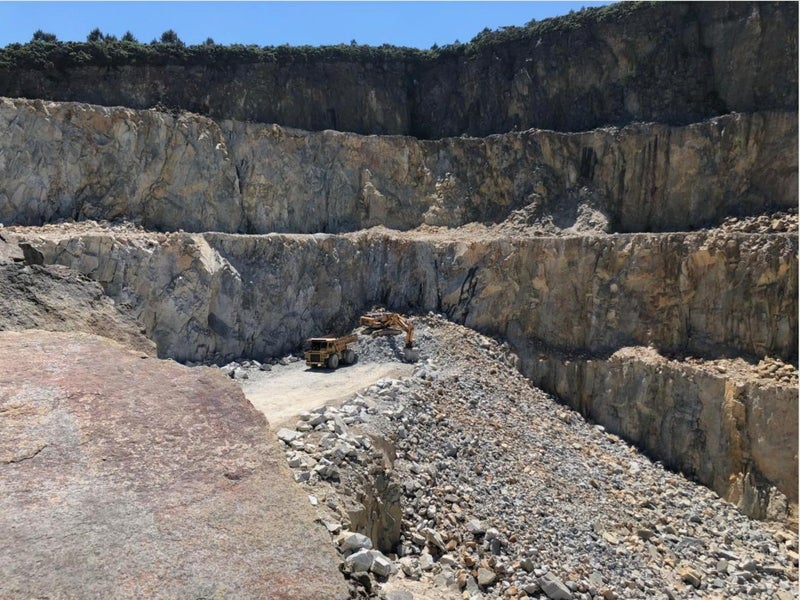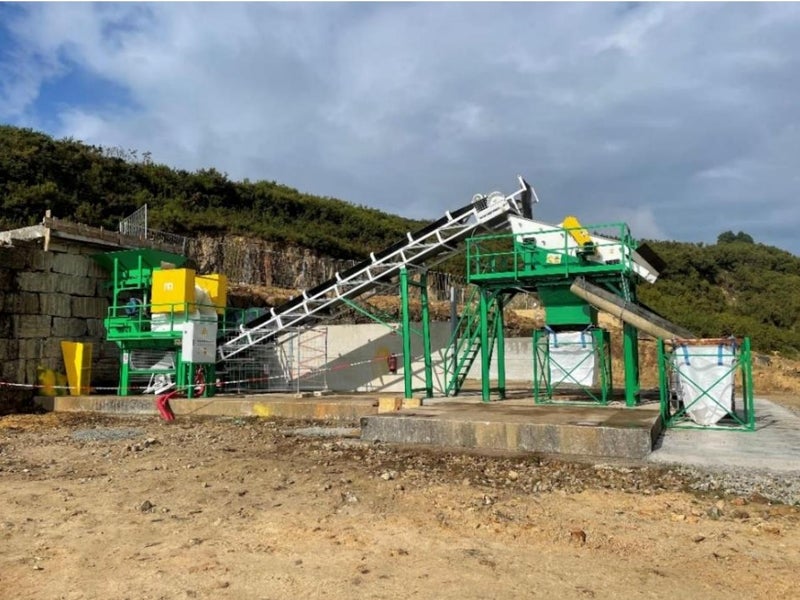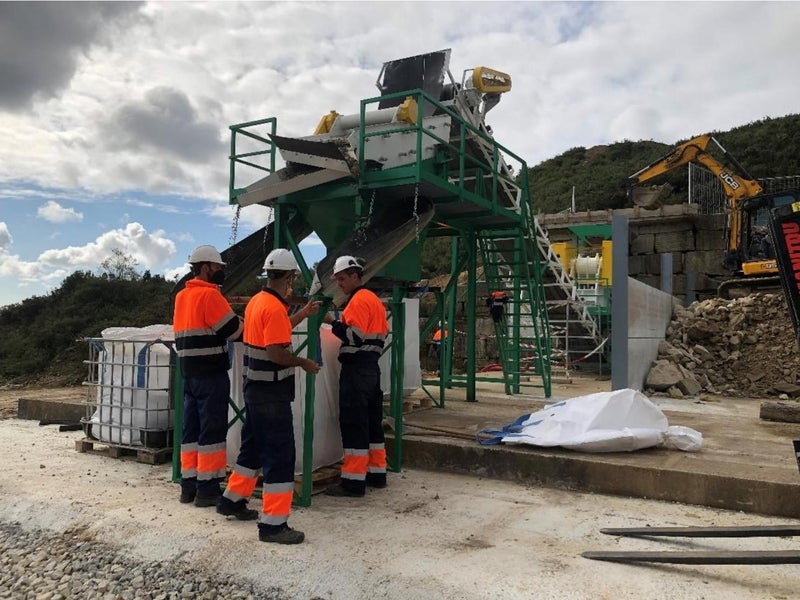Santa Comba is a brownfield tungsten project involving the restart of a historical underground mine and the development of an open-pit mine in the A Coruna province of Spain.
Rafaella Resources, a mineral explorer and developer based in Australia, is the owner and operator of the project.
While the feasibility study (FS) for the open-pit development is underway, Rafaella Resources started processing ore from old stockpiles of the underground mine dating back to 1985 by using a pilot plant in October 2021.
The Santa Comba underground mine was last operated by Coparex Minera between 1980 and 1985. The Spanish government transferred the Santa Comba mining rights to Galicia Tin and Tungsten (GTT) in November 2015. GTT was a Spanish mining company formed in June 2014.
Rafaella Resources acquired GTT to become the owner and operator of the project in August 2019 and completed a pre-feasibility study (PFS) to extract near-surface resources through an open-pit operation in December 2020.
The PFS called for a 1.3 million tonnes per annum (Mtpa) open-pit operation over a mine life of five years with an estimated capital expenditure of $7.1m.
Location and site details
The Santa Comba tungsten project is located in the Galicia autonomous community, in the municipalities of Santa Comba and Coristanco, in A Coruna province, Spain.
The project site lies approximately 60km away from the nearest deep-water port La Coruña, accessible through a sealed road.
Santa Comba geology and mineralisation
The Santa Comba tungsten and tin deposit lies in the Varilongo granitic massif that extends 8km in the north-south direction and 1.5km in the east-west direction. The intrusive body is hosted by metamorphic rocks corresponding to the Santiago basal unit of the Ordes Allochthon complex, which forms part of the Galicia-Tras-os-Montes Zone (GTMZ) within the Iberian massif of the Variscan Orogen.
The metamorphic rocks of the deposit comprise schists, plagioclase schists, paragneisses and felsic orthogneisses.
The tungsten mineralisation at Santa Comba is mostly found in wolframite, scheelite and cassiterite within quartz veins, while disseminated tungsten is also found in the form of small crystals and distributed grains in endogranite.
Reserves and resources at Santa Comba
The Santa Comba project was estimated to hold 4.59 million tonnes (Mt) of proven and probable near-surface ore reserves grading 0.148% tungsten trioxide (WO3) as of November 2020.
The open-pit measured, indicated and inferred mineral resources are estimated to be 10.37Mt grading 0.157% WO3, while the underground inferred resources stand at 0.234Mt grading 0.948% WO3.
Mining method and ore processing
Open-pit mining will involve conventional truck operation employing shallow bench selective ore mining method, whereas underground mining will be carried out by drilling deeper and extending the historic underground workings. The existing declines will be refurbished and extended to facilitate the use of small to medium tonnage haul trucks.
The extracted ore will be sent to the nearby processing plant where it will undergo X-ray sorting, two-stage crushing, grinding followed by floatation and gravity concentration.
Existing infrastructure at Santa Comba
The Santa Comba project is facilitated by the existing infrastructure that includes grid power, process plant foundations, workshops, offices and a tailings dam.
In December 2021, Rafaella signed a non-binding memorandum of understanding (MOU) with Spanish renewables developer Capital Energy Read, which agreed to supply green energy for the Santa Comba mining operation.
Offtake agreement
In May 2019, Germany-based technology metals supplier H.C Stark Tungsten (HCS) made an offer to offtake tungsten concentrate from the Santa Comba project.
Transamine Trading, in June 2019, also agreed to purchase additional tungsten and tin concentrate from the project and facilitate the logistics for the delivery of concentrate to HCS.
Contractors involved
Advanced Mineral Processing (AMP) was contracted to provide a pilot processing plant for the Santa Comba underground mine restart in July 2021.
IGAN Consultores was commissioned by Rafaella Resources to conduct an engineering study for the safe restart of the underground mine, while Perforaciones del Noreste was contracted for installation services related to the underground redevelopment.
Grinding Solutions (GSL), an international mineral processing consultancy and laboratory, was engaged by Rafaella Resources to assist in metallurgical test works during the feasibility study. The scope of services included mineral liberation analysis, testing and analysis for coarse and fine gravity concentration and floatation, as well as determination of crushing and grinding equipment for the project.
Toma Sorting, a German-based industrial machinery manufacturer, was engaged to carry out ore sorting test works on bulk samples of the project.
Spanish contractor Sondeos y Perforaciones Industriales del Bierzo was hired to carry out diamond drilling operations in September 2019.
Adiuvare Geology and Engineering provided geotechnical consultancy services pertaining to the open-pit design as part of the PFS.





